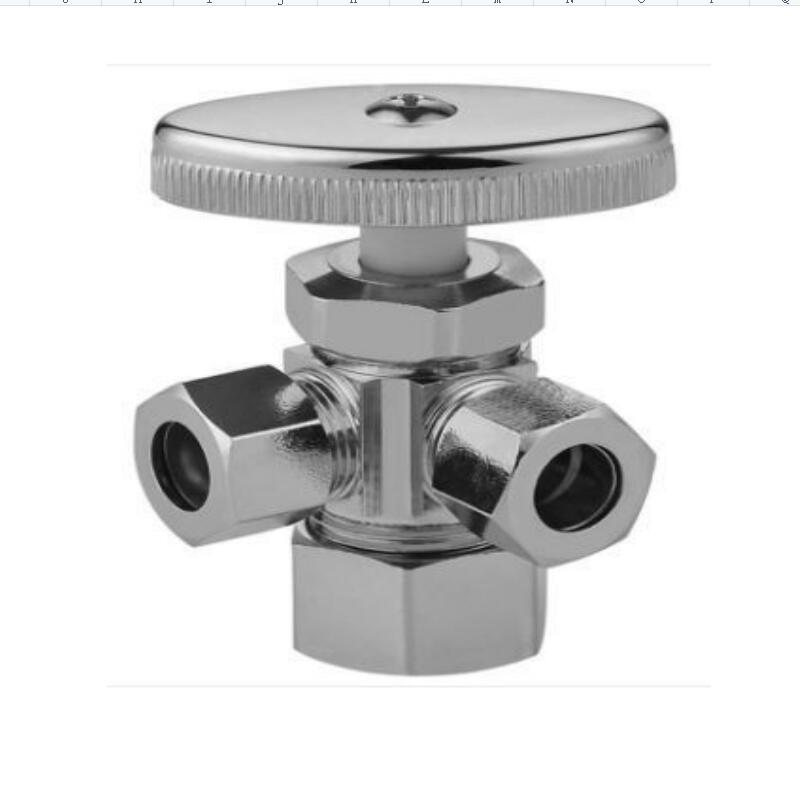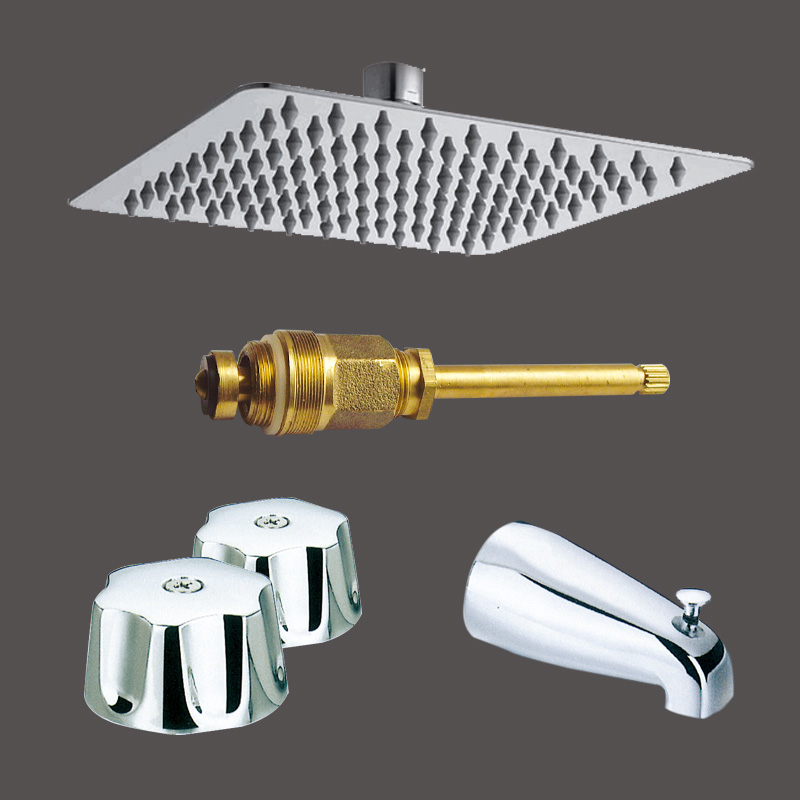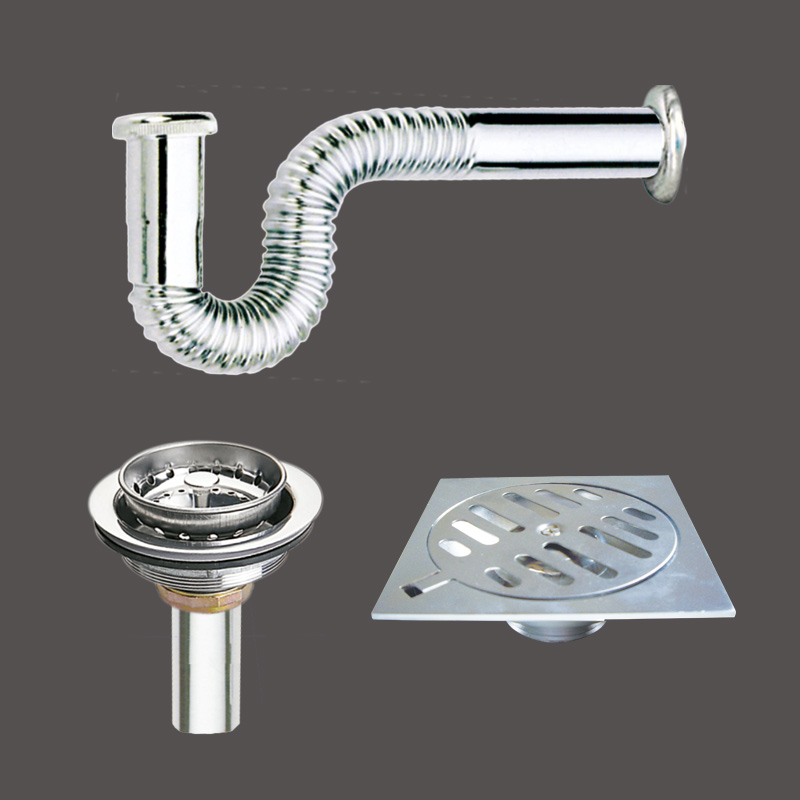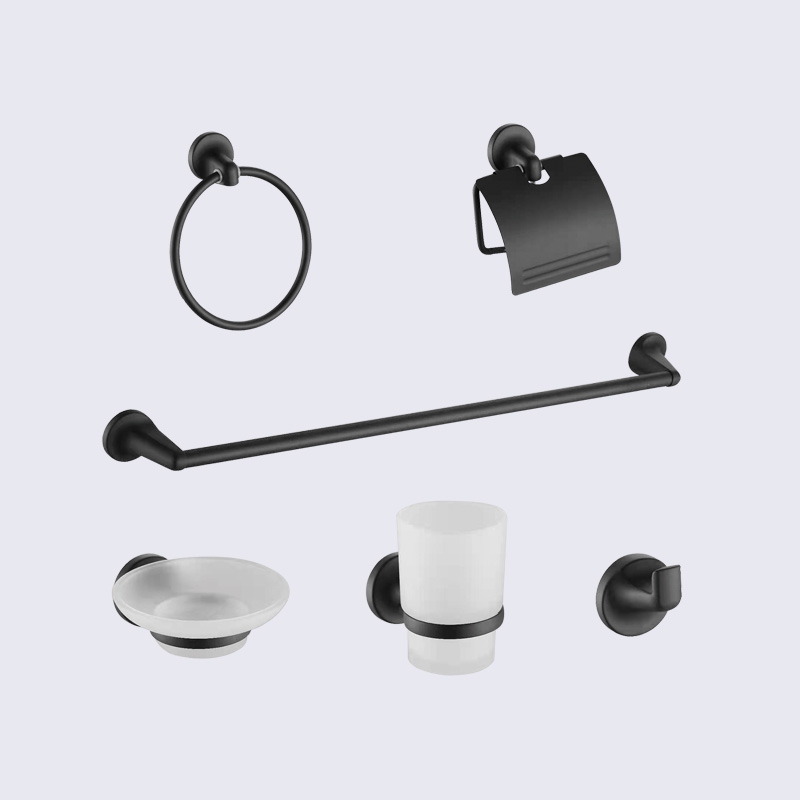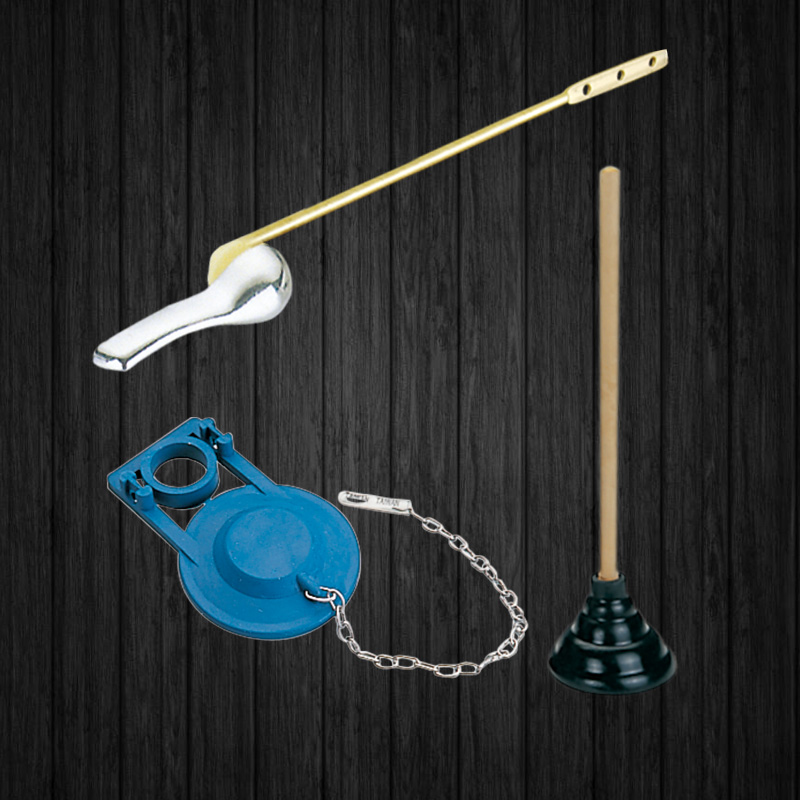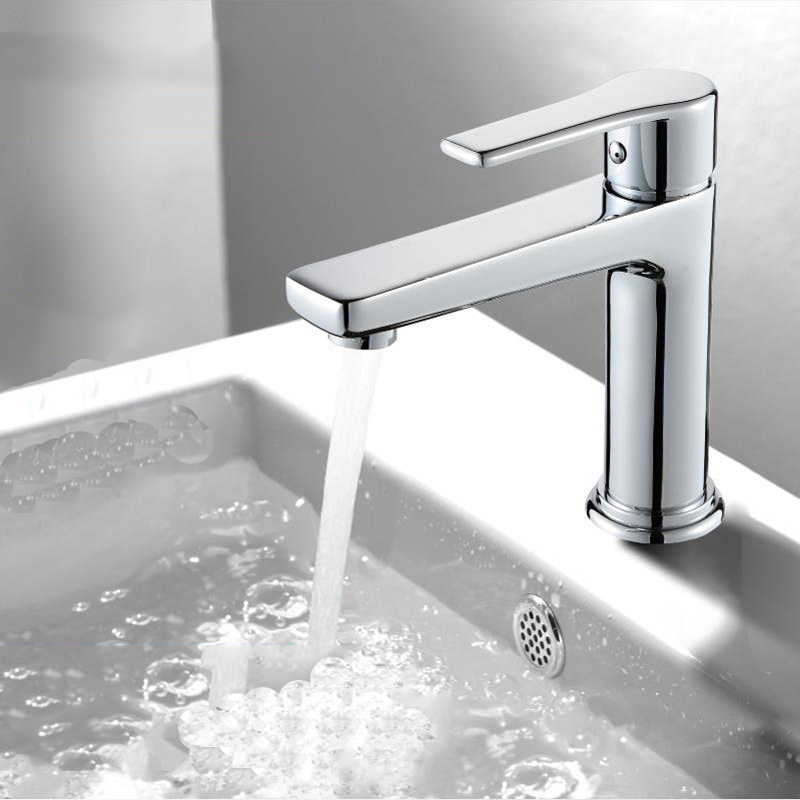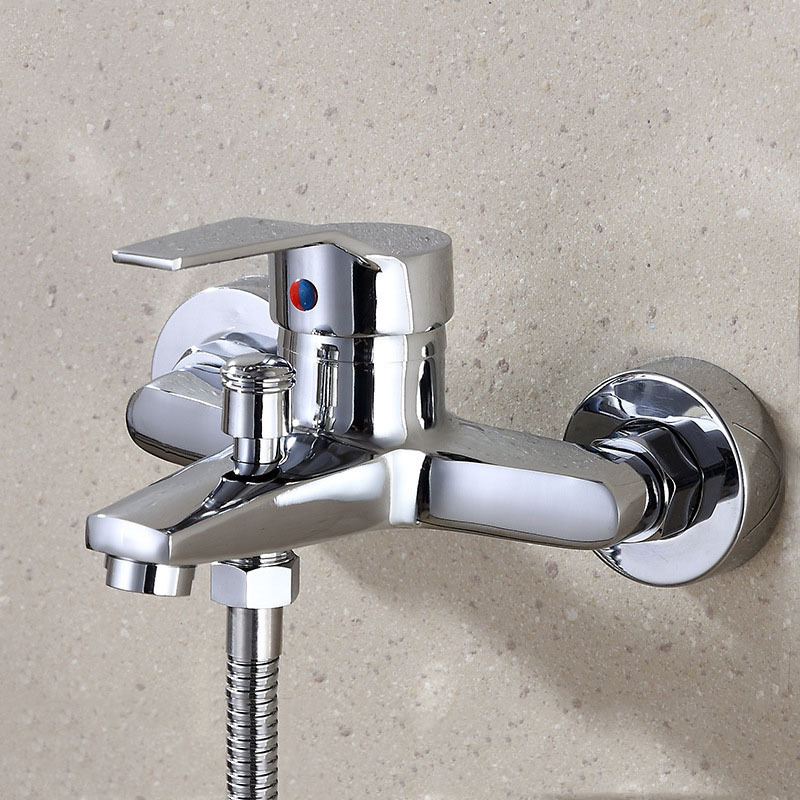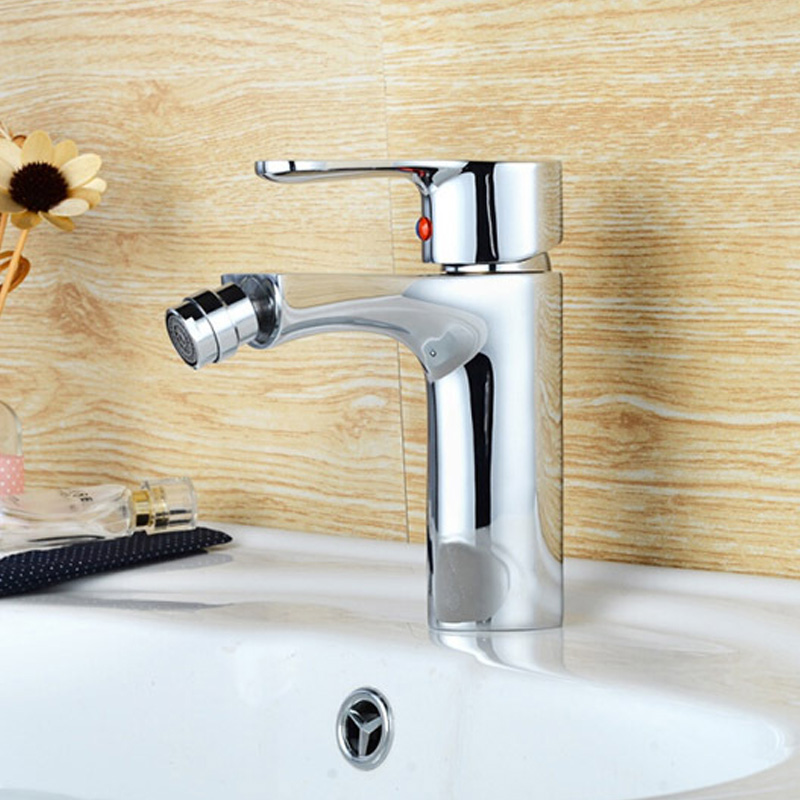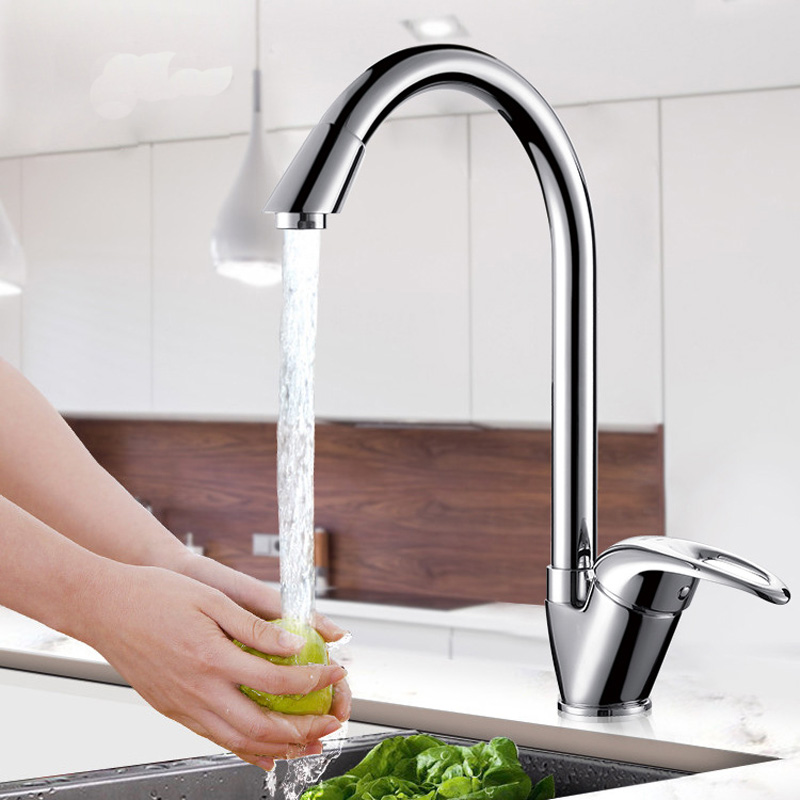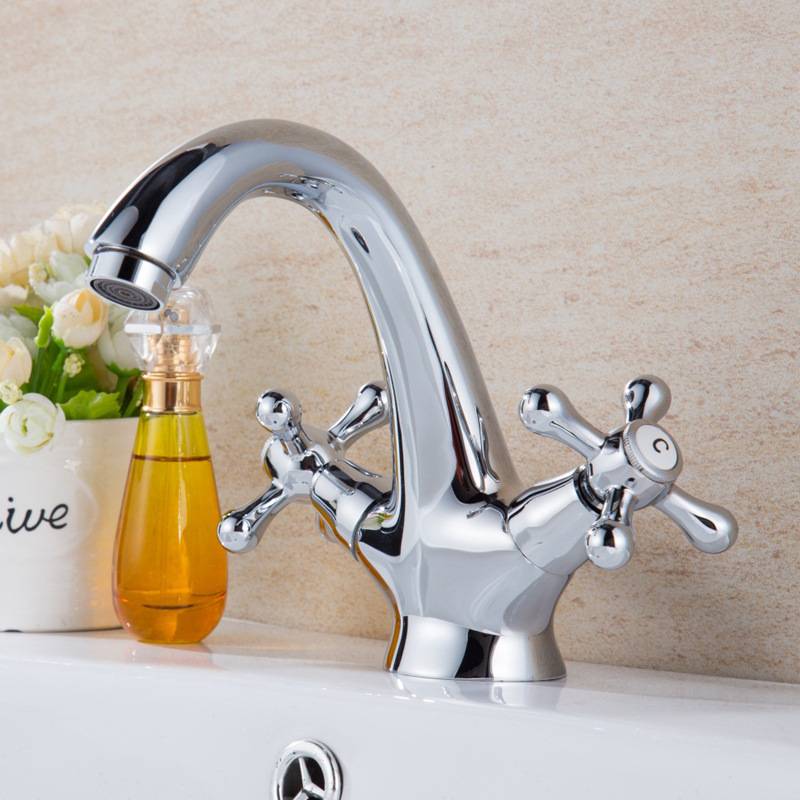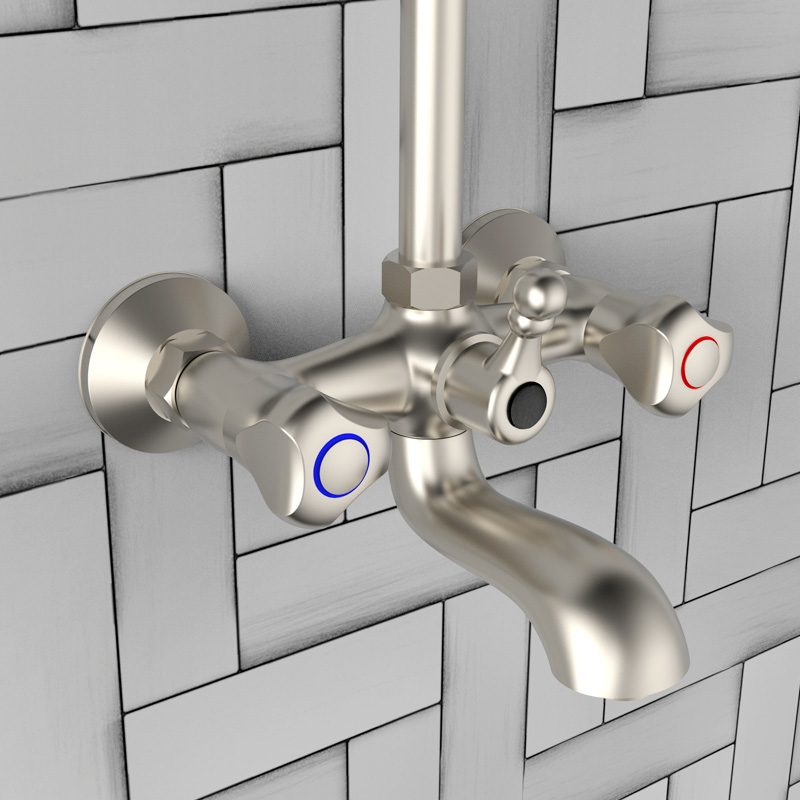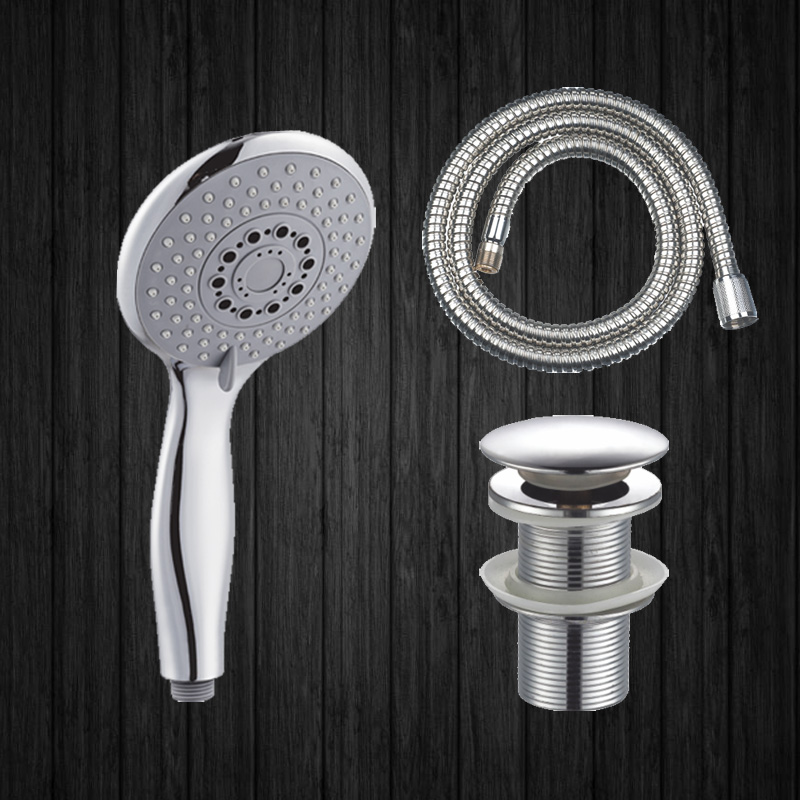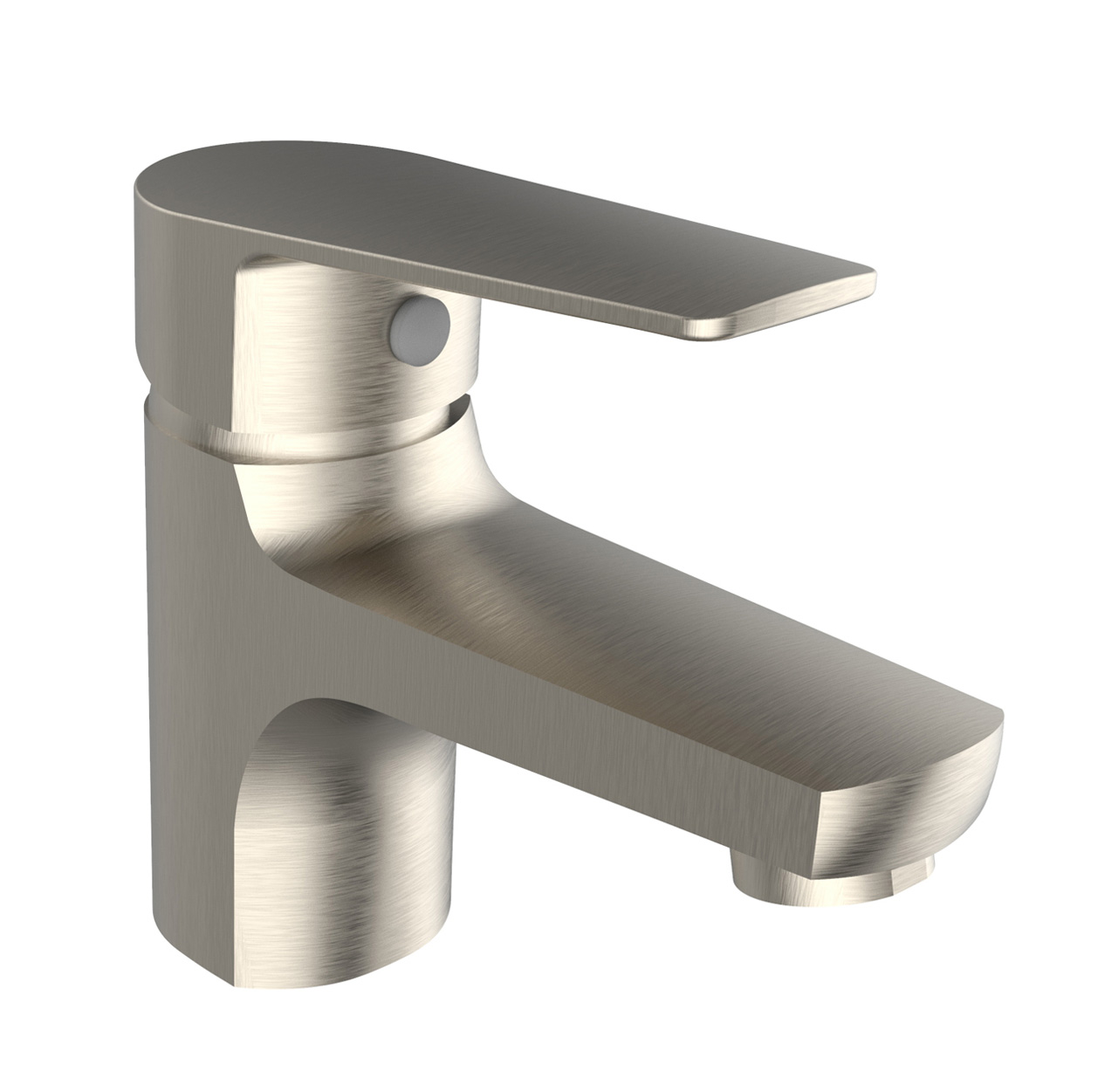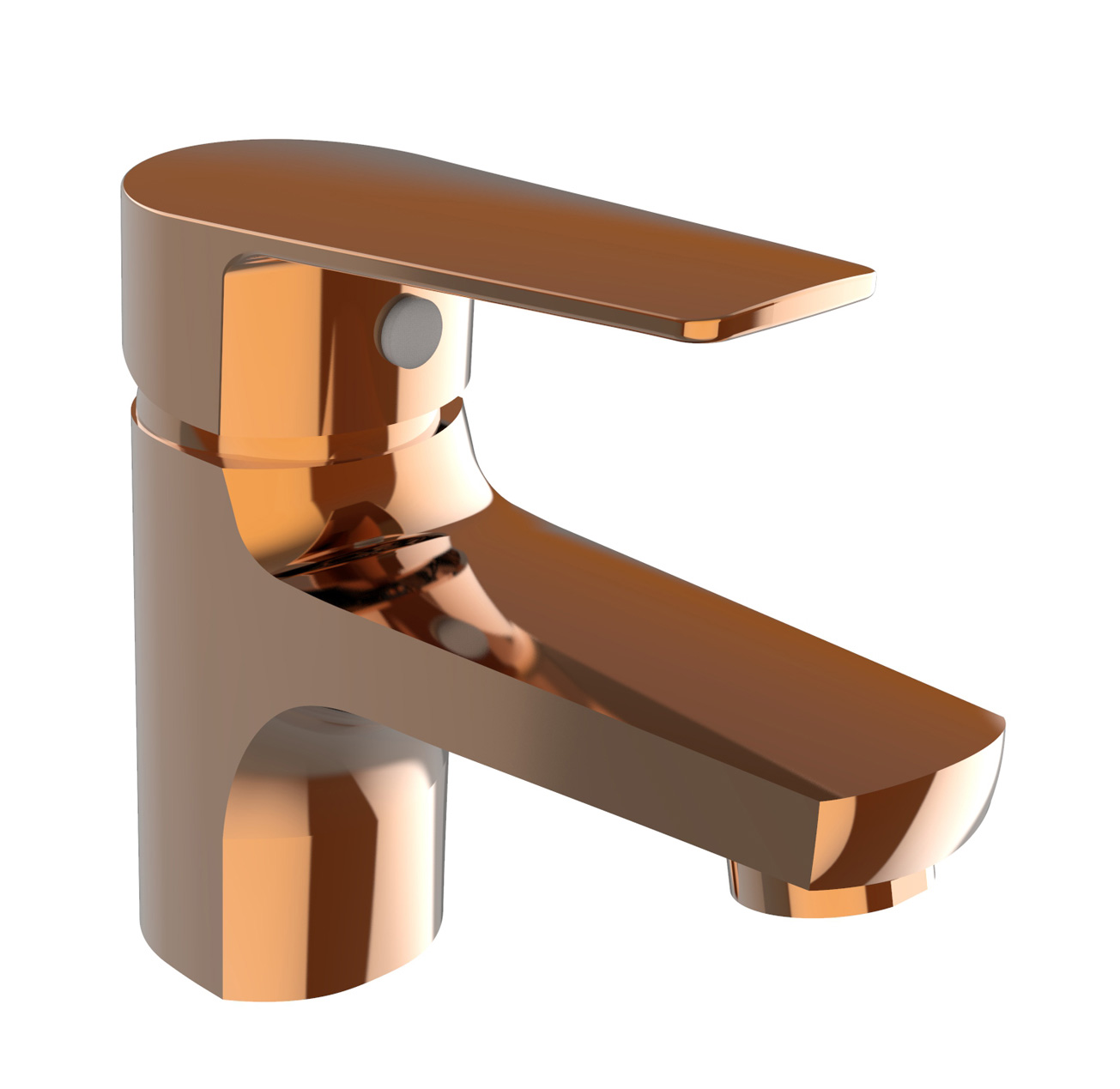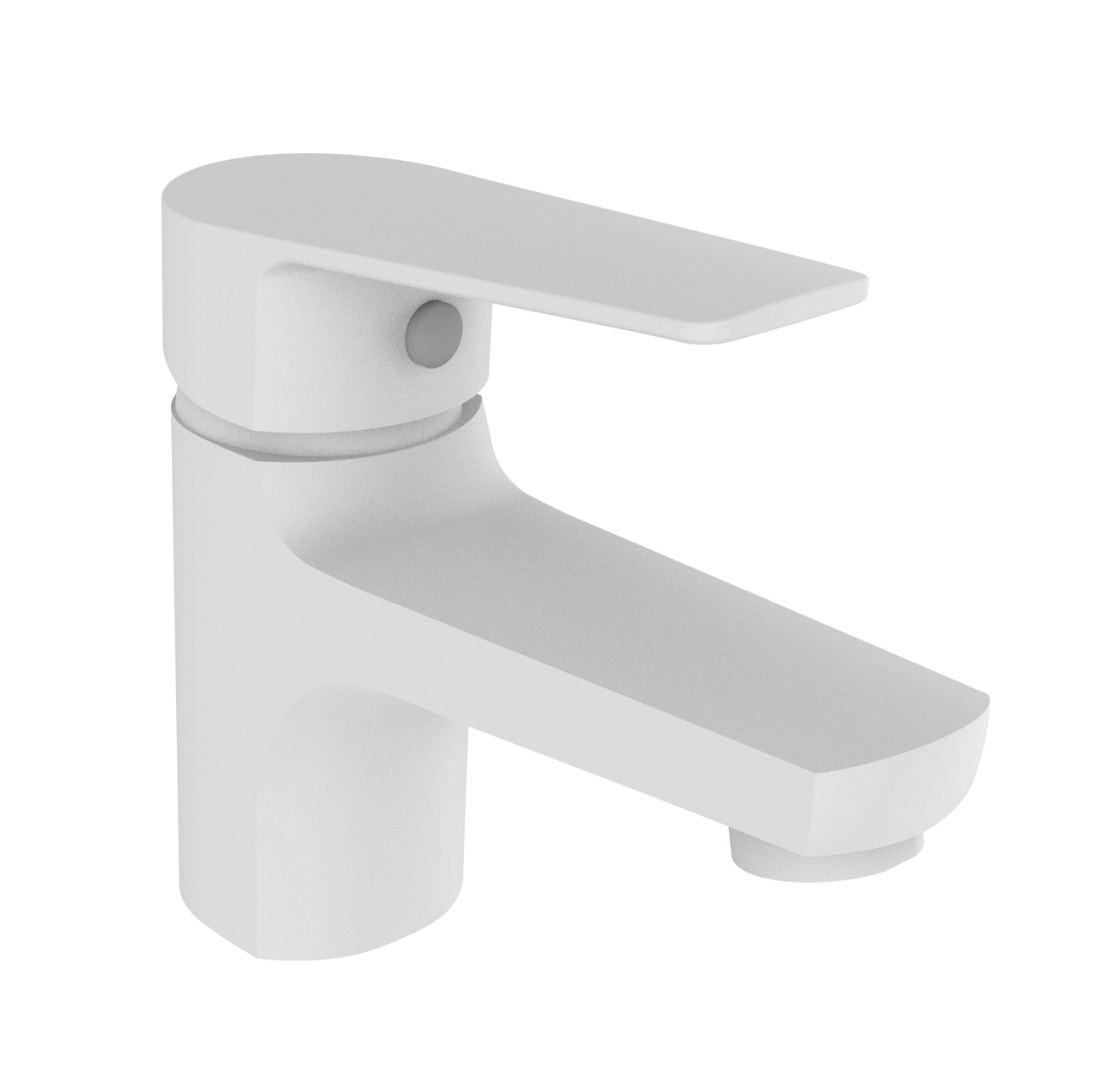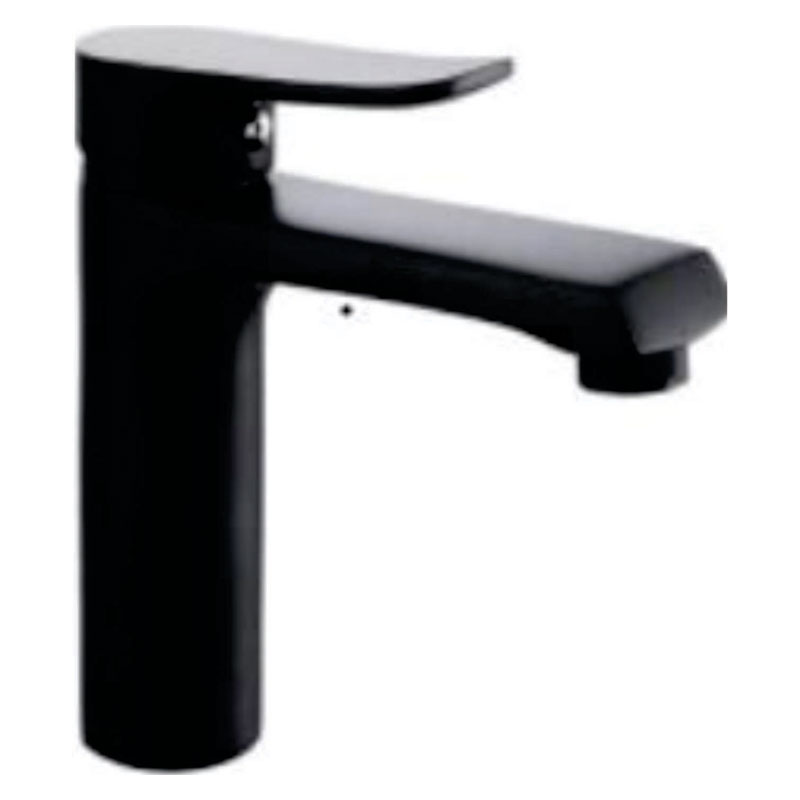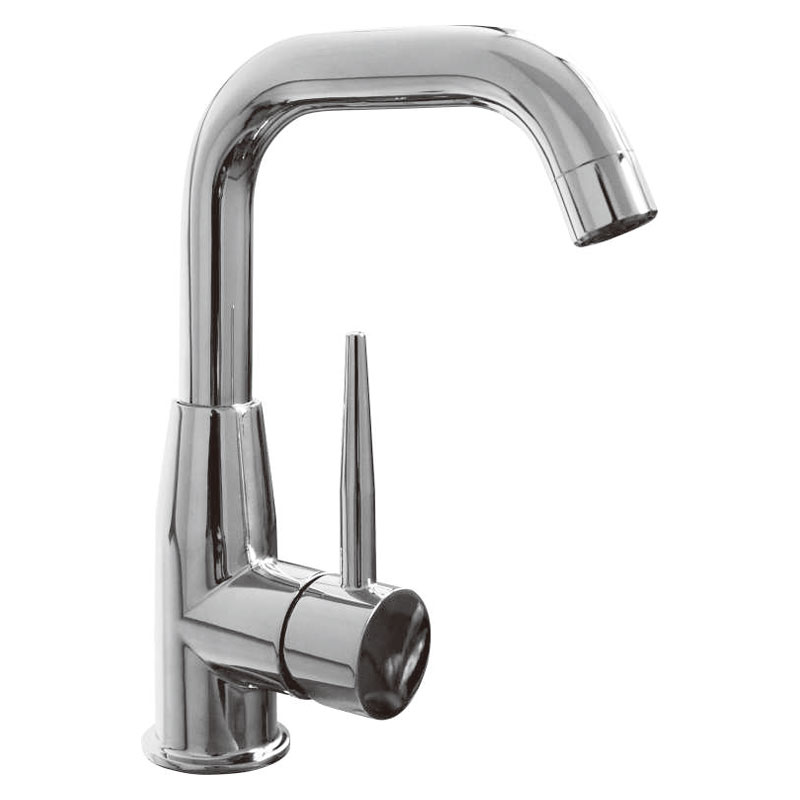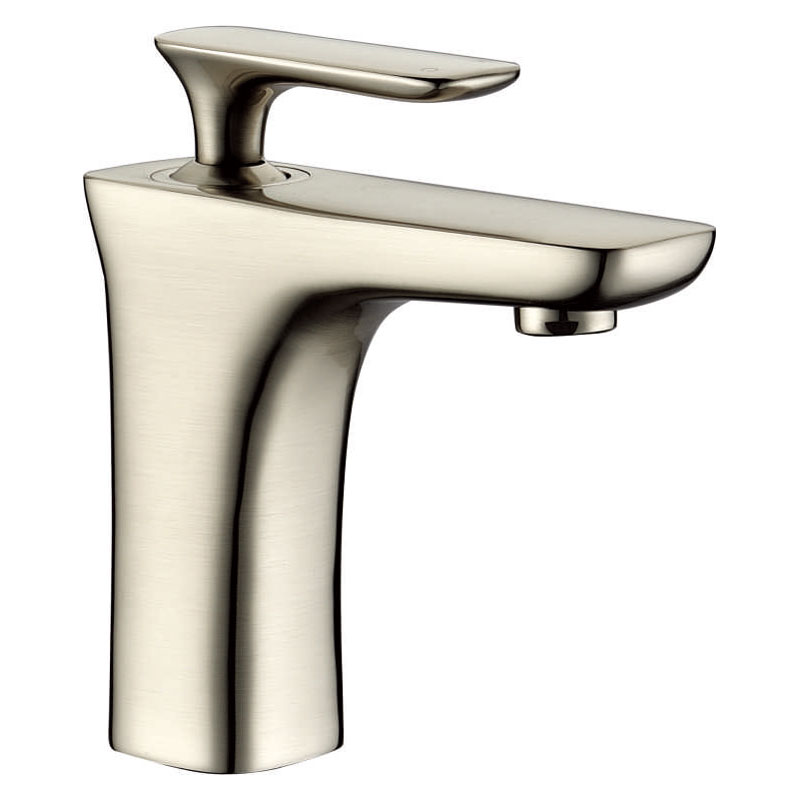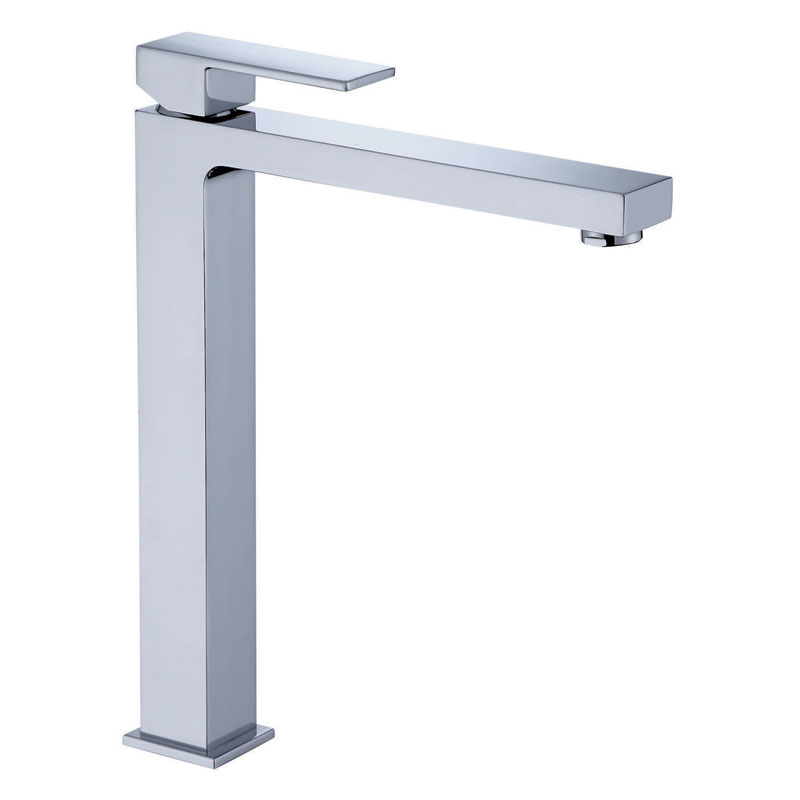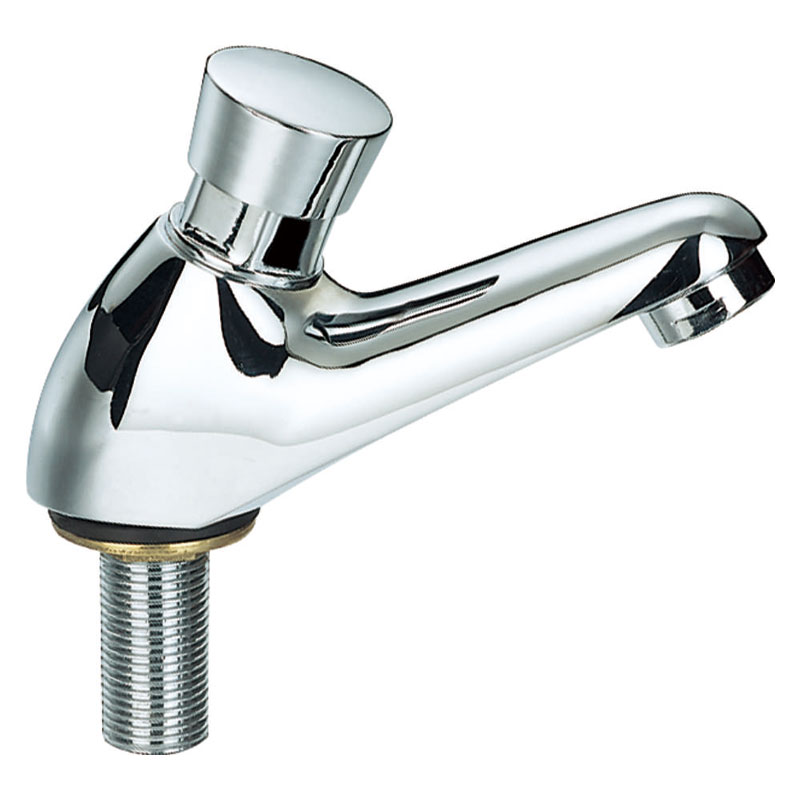Faucet Types
If you're retrofitting a new faucet to an existing sink or buying a complete sink ensemble, be sure to match the type of faucet to the hole openings in your sink.
Single-hole faucets combine the spout and mixing handles—often a single lever—into one unit that requires only one drilled sink hole. For retrofits, some models include a bottom plate that will cover existing three-hole openings. Single-hole faucets are ideal for smaller sinks, such as powder room baths. Their simplicity reflects modern sensibilities.
Center-set faucets fit standard three-hole sinks (with outer holes drilled 4 inches apart). They'll have either a single lever or two handles mounted on a 6-inch plate. They're ideal for most bathroom sinks.
Widespread mounts have three separate pieces: Two handles and the spout. The standard distance between the handles is at least 8 inches, and the three pieces tend to be larger than other types of bath faucets. Smaller versions, called minispreads, are designed for standard holes drilled 4 inches apart.
Wall mount faucets have gained popularity along with freestanding or vessel-type sinks that require longer spouts that extend well over the top of the bowl.
Not every faucet fixture can be easily categorized. Kohler, for example, makes a faucet that's integrated into a mirrored wall cabinet. All you see is the tiny flow control lever peeking out from the bottom of your mirrored self.
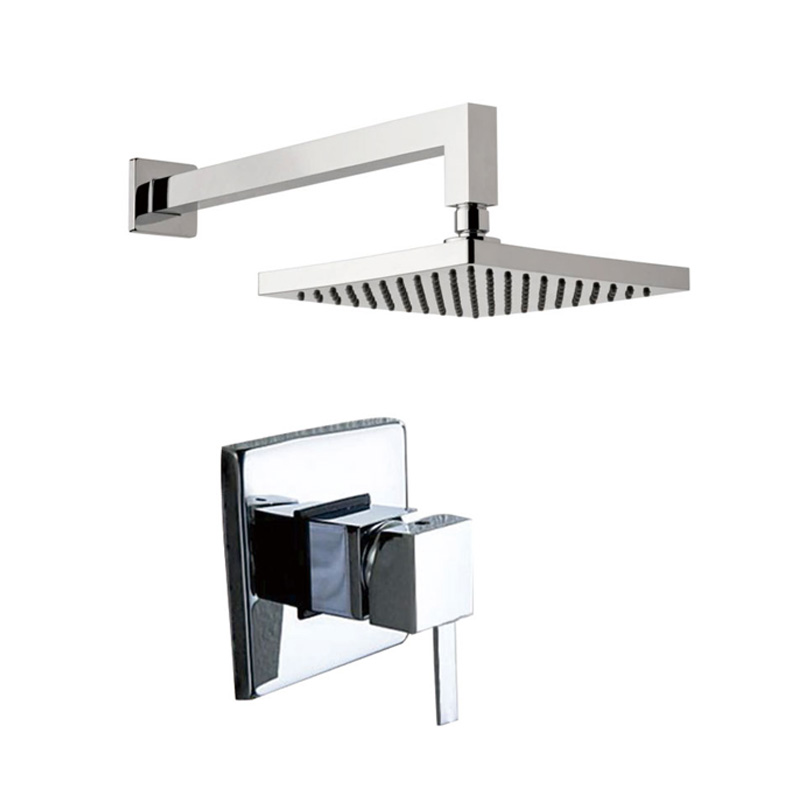
Faucet Finishes
The good news: In their zeal to bring new products to market, fixture manufacturers have created more finish options than Lady Gaga has costumes. Thanks to modern protective clear-coat sealers, even not-so-expensive faucets can boast of lifetime warranties for their finishes.
The bad news: You'll have to choose from a mind-scrambling cornucopia of possibilities that include polished chrome (the long-standing industry stalwart), brushed chrome, polished nickel, brushed nickel, hammered nickel, stainless steel, bronze, brushed bronze, oil-rubbed bronze, polished brass, black, white and decorative ceramic.
Let's not overlook gold, which today might be considered an investment as well as a decorative preference.
If the choices give you sensory overload, try these decision-making tips:
- Forget the metal and concentrate on the look. Visit a showroom where all the finishes are on display, and select the one you fall in love with.
- Coordinate all your finishes in each bathroom so that your hard surfaces—including towel bars, lighting fixtures and door hardware—have the same finish.
- Polished finishes are elegant but require constant upkeep to keep them looking sparkly
- Brushed finishes are better at hiding water spots and fingerprints, which is great if you have kids

 英语
英语 西班牙语
西班牙语 俄语
俄语 阿拉伯语
阿拉伯语 1
1
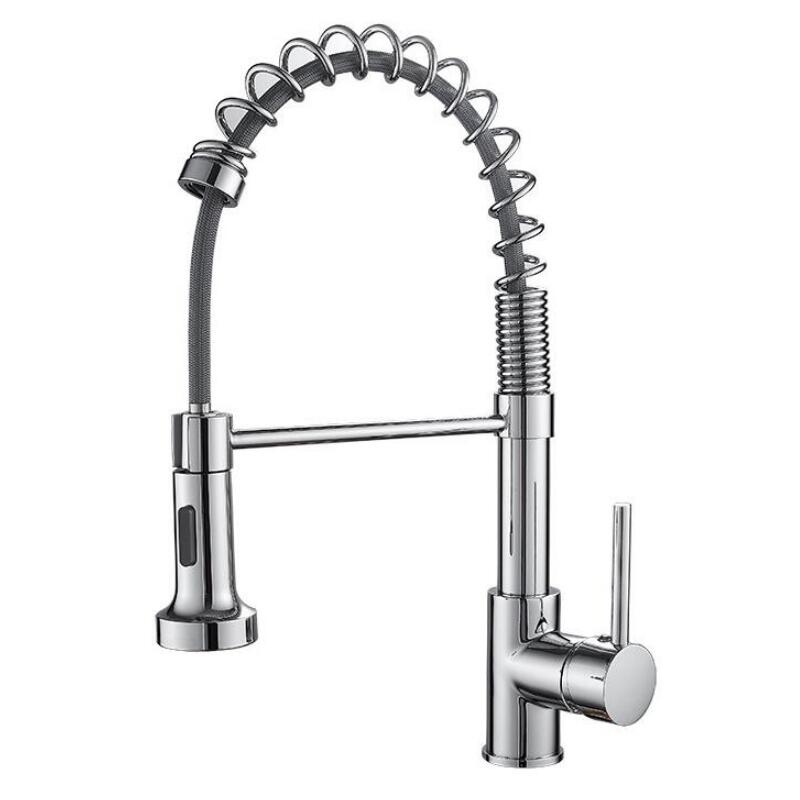
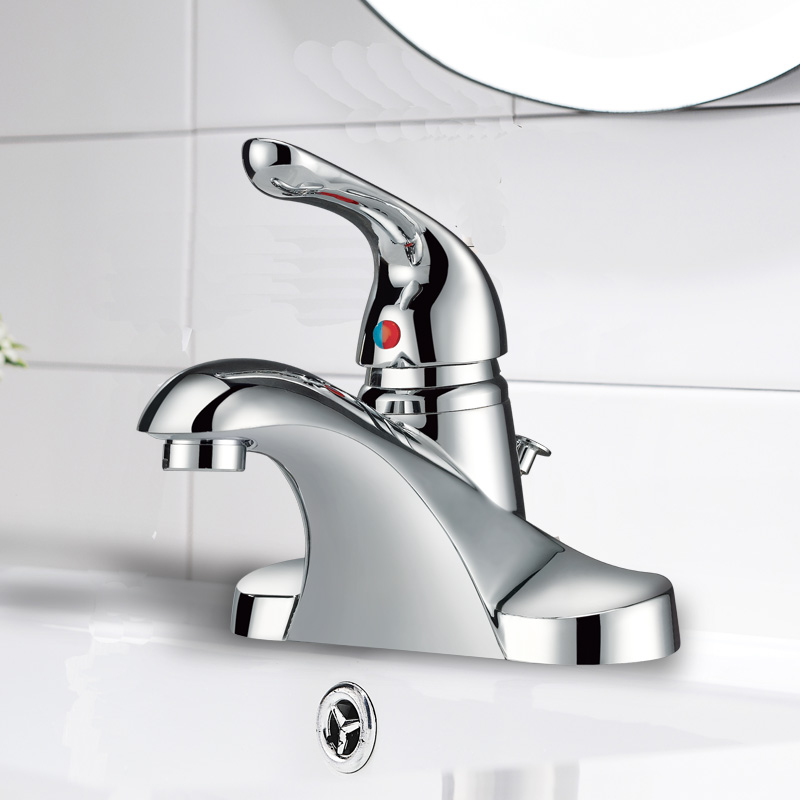
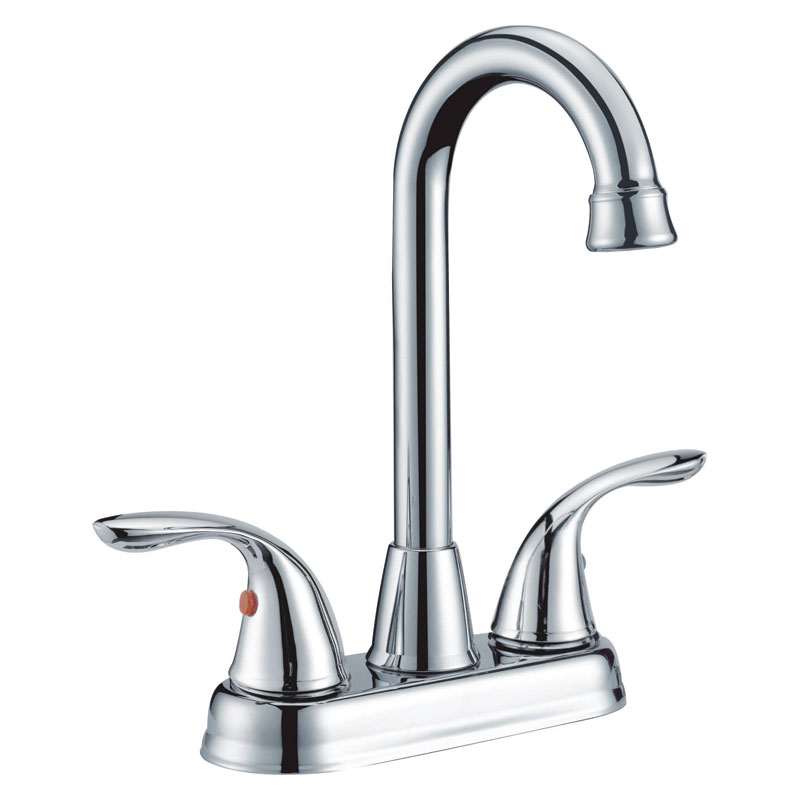
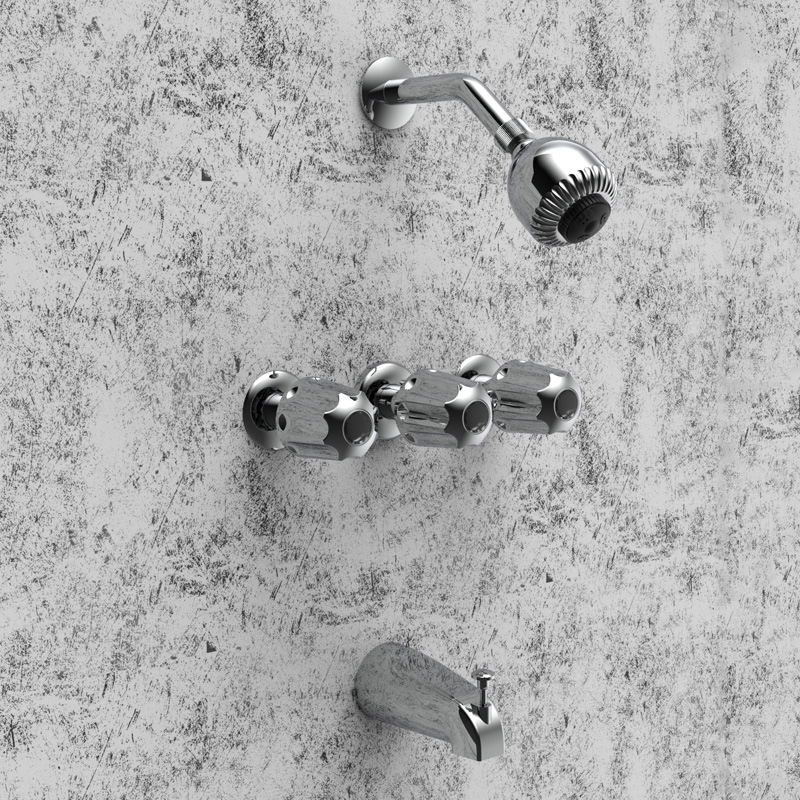
.jpg)
